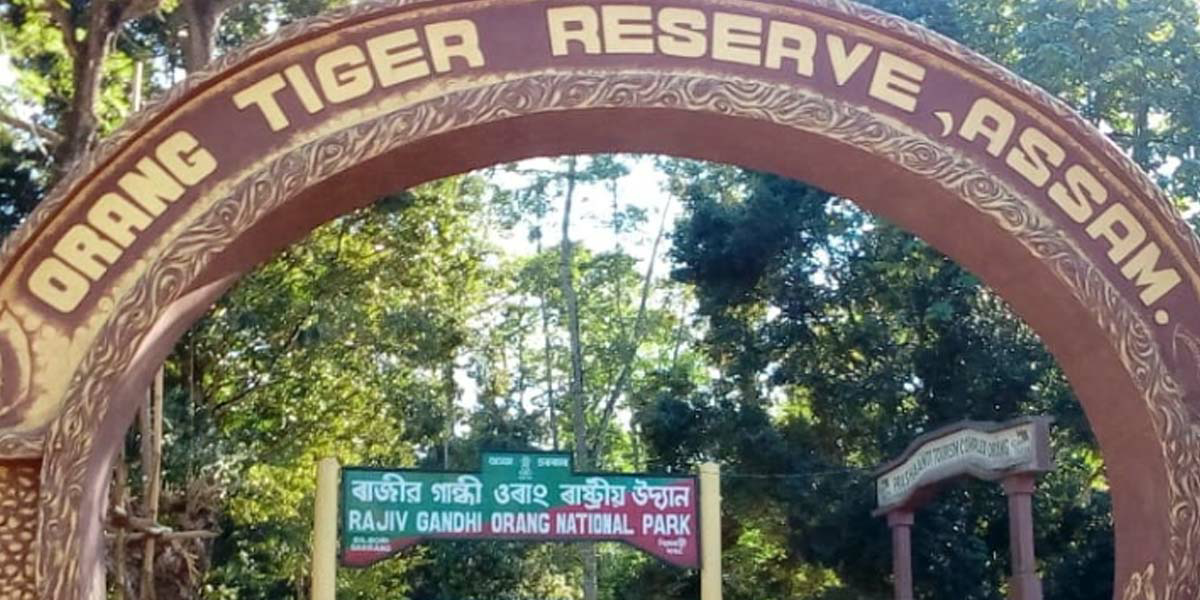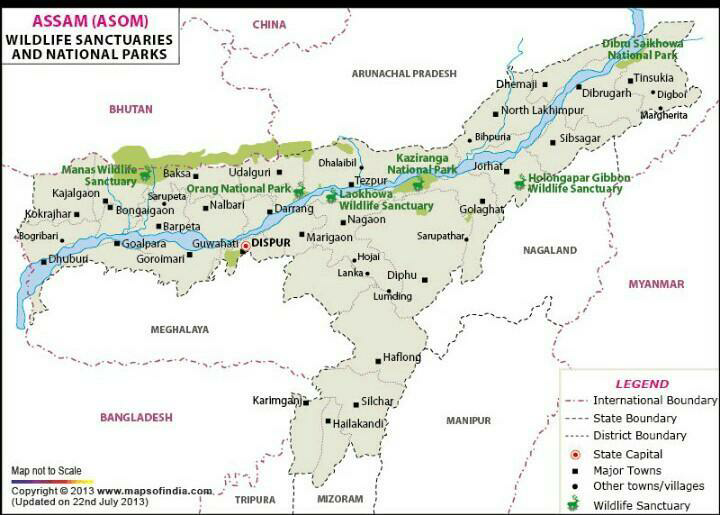Description

Copyright infringement is not intended
Context: Orang National Park is expanded tiger reserve to see return of gharials in Assam.
More about news:
- The government has issued notification to make Orang National Park more than thrice its existing size.
- Much of the area to be added comprises the Brahmaputra river and the sandbars or islands in it.
Why there is need to revive gharials population in Assam?
- Gharial, wiped out from the Brahmaputra River system in the 1950s.
About Orang National Park:
- Location: located on the northern bank of the Brahmaputra river in Assam.
- Flora and fauna: includes great Indian rhinoceros, pygmy hog, Asian elephant, wild water buffalo and Bengal tiger.
- Pachnoi river, Belsiri river and Dhanshiri River border the park and join the Brahmaputra river.
- It is the only stronghold of rhinoceros on the north bank of the Brahmaputra river.
Other Protected areas in Assam:
- Orang is one of the seven national parks in Assam.
- The others are Kaziranga, Manas, Nameri, Dibru-Saikhowa, Raimona and Dehing Patkai.

About gharials:
- Ecological role: Gharials are the topmost predators in a river. They (gharial) balance the riverine food chain.
- Indicator species: Gharial keeps in check their prey (i.e. fish), which keep in check their prey and so on. The presence of gharials indicates a healthy riverine ecosystem.
- Naming: The male gharial has a distinctive boss at the end of the snout, which resembles an earthenware pot known in Hindias.
Conservation Status:
- Critically Endangered— IUCN Red List.
- It is a Schedule 1 species under Indian wildlife act, 1972
Habitat:
- Girwa River, Chambal River, Ken River, Son River, Mahanadi River, Ramganga River
Threats:
- Hunting for skins, trophies and indigenous medicine and their eggs collected for consumption.
- Decrease of riverine habitat as dams, barrages, irrigation canals and artificial embankments were built; siltation and sand-mining changed river courses
Conservation efforts in India:
- Project Crocodile for intensive captive breeding and rearing program began in 1975 (Government of India+ United Nations Development Fund + Food and Agriculture Organization)
Protected areas for gharial in India:
- National Chambal Sanctuary- Madhya Pradesh
- Katerniaghat Wildlife Sanctuary- Uttar Pradesh
https://www.thehindu.com/news/national/other-states/expanded-tiger-reserve-may-see-return-of-gharials-in-assam/article38190380.ece












